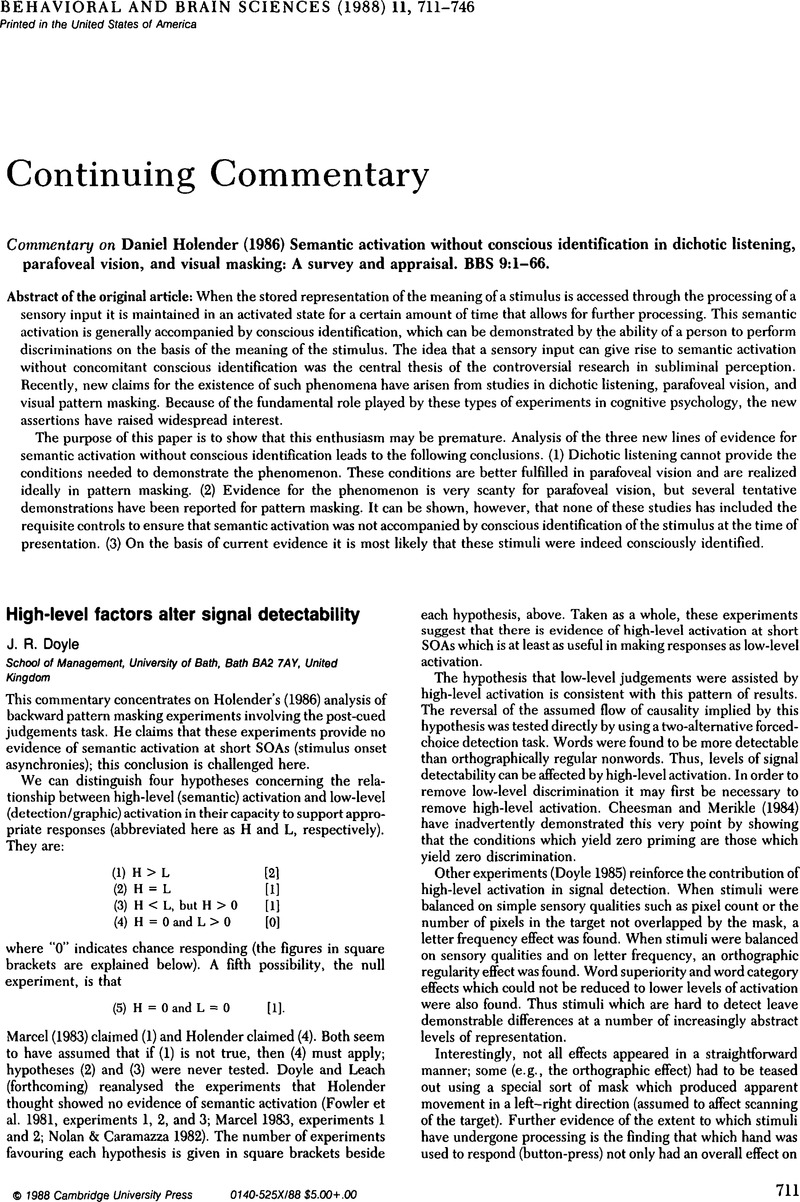Janet, P. (
1889/
1973)
L'automatisme psychologique: Essai de psychologie expérimentale surles formes inférieures de l'activé humaine. Société Pierre Janet, Laboratoire de Psychologie Pathologique de la Sorbonne with the cooperation of Centre National de la Recherche Scientifique,
Paris.
Google Scholar 